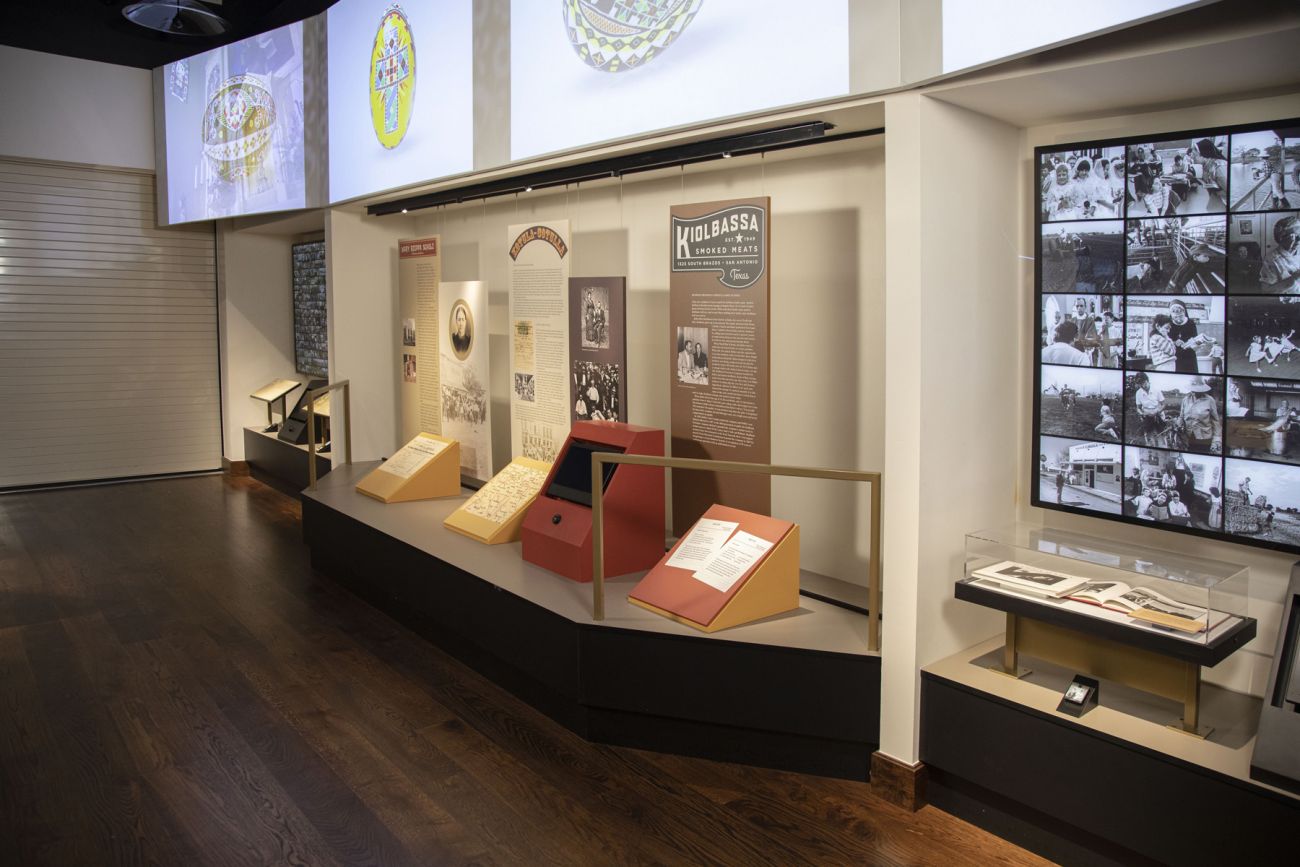
Ranching and Farming, Expansion of Polish Settlements in Texas
The early Polish settlers, mostly farmers, adapted quickly to American ways such as branding livestock and allowing stock to roam until roundup when the animals would be sorted by brand. The cooperative nature of the roundup and mutual assistance with the harvest were large factors for success in Texas.

Very soon after the first settlers arrived, Polish communities began dotting the Texas landscape. The new settlers quickly established their own parishes and often, within a few years, their own Polish Catholic schools.

After the Civil War, as migration resumed, Poles from the region of Kujawa, then a part of Prussia, and Galicia, then a part of Austria, were settling mainly in the Brazos Valley. Following World War II, a large number of Poles immigrated, settling in the mid-western, northern and eastern United States. In the 1970s and 1980s, as Poland struggled under communism, Texas would see another large influx of Poles with settlement in large metropolitan areas such as Austin, Dallas, San Antonio, and Houston. Today more than 60 cities and towns in Texas have significant Polish populations.